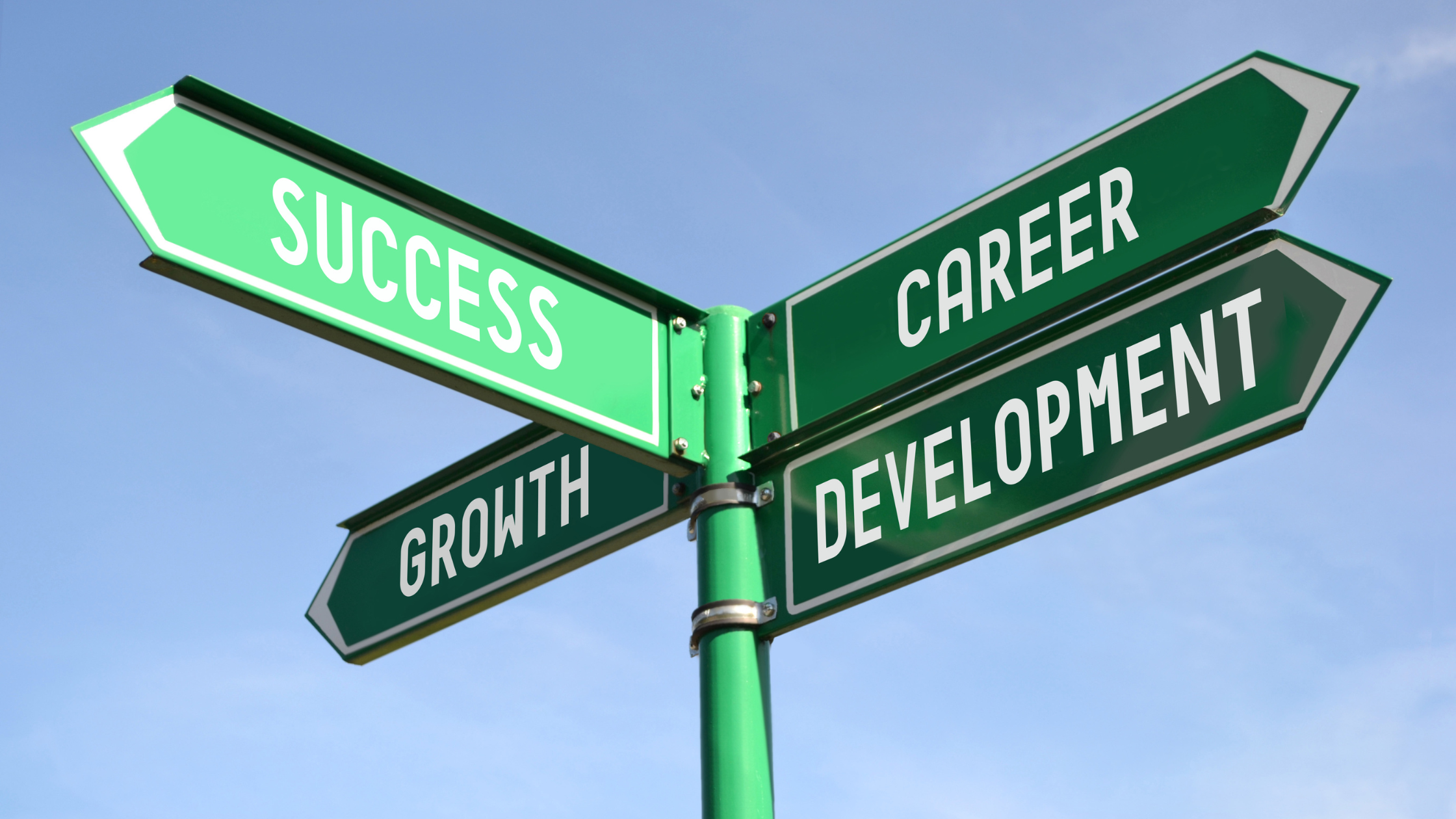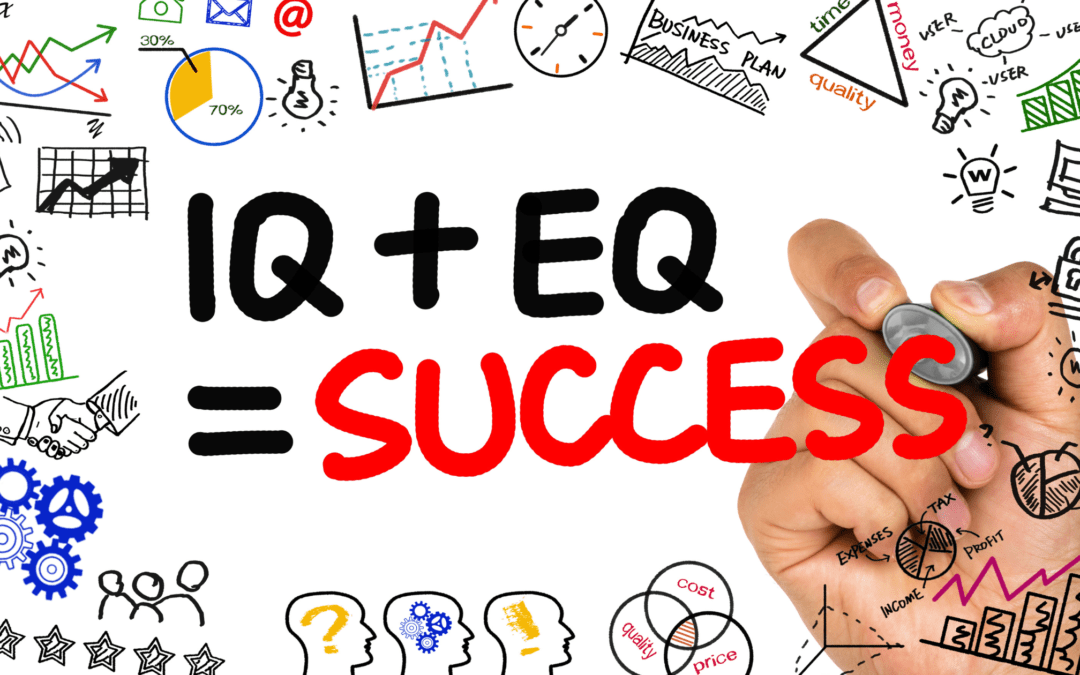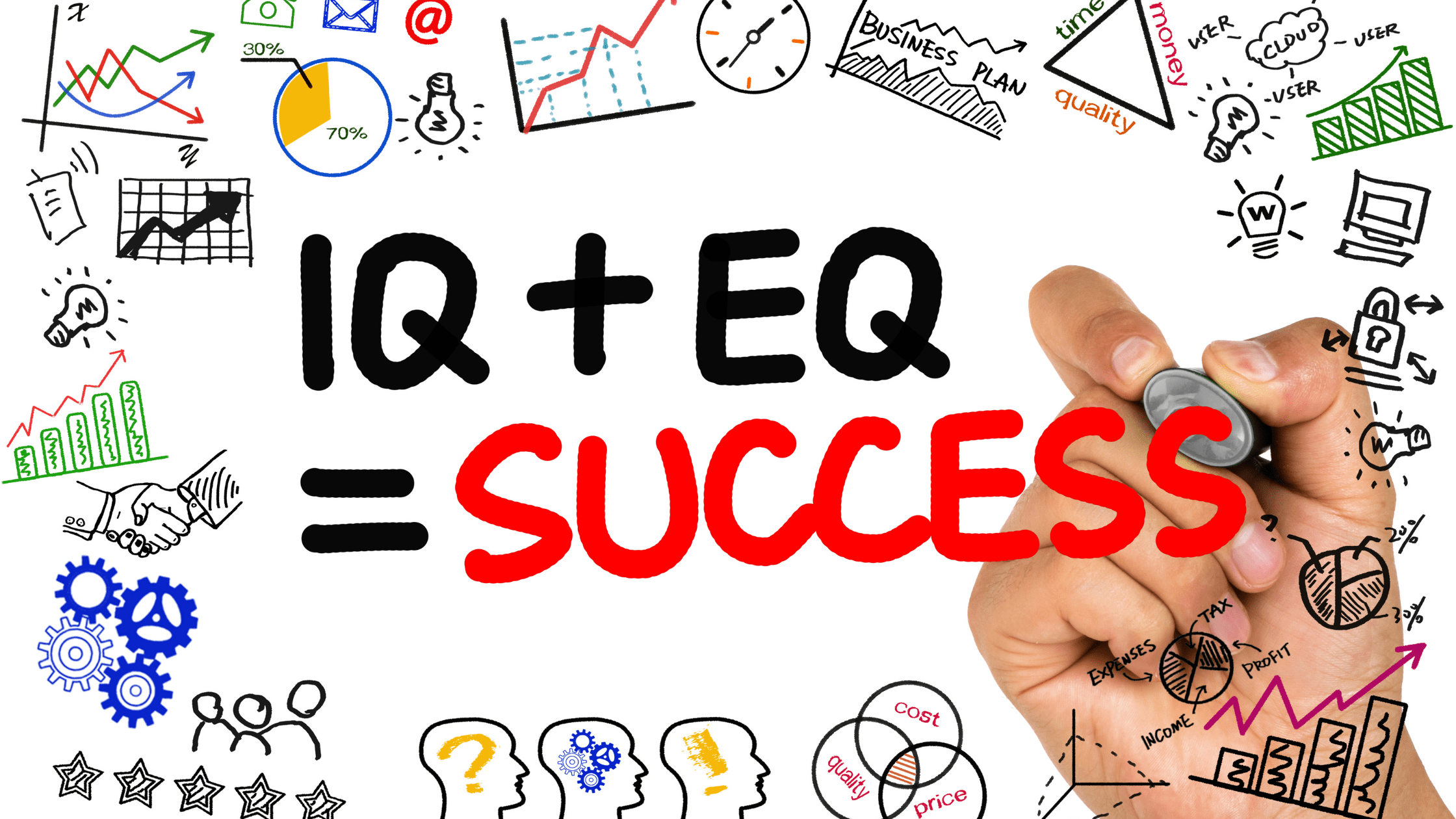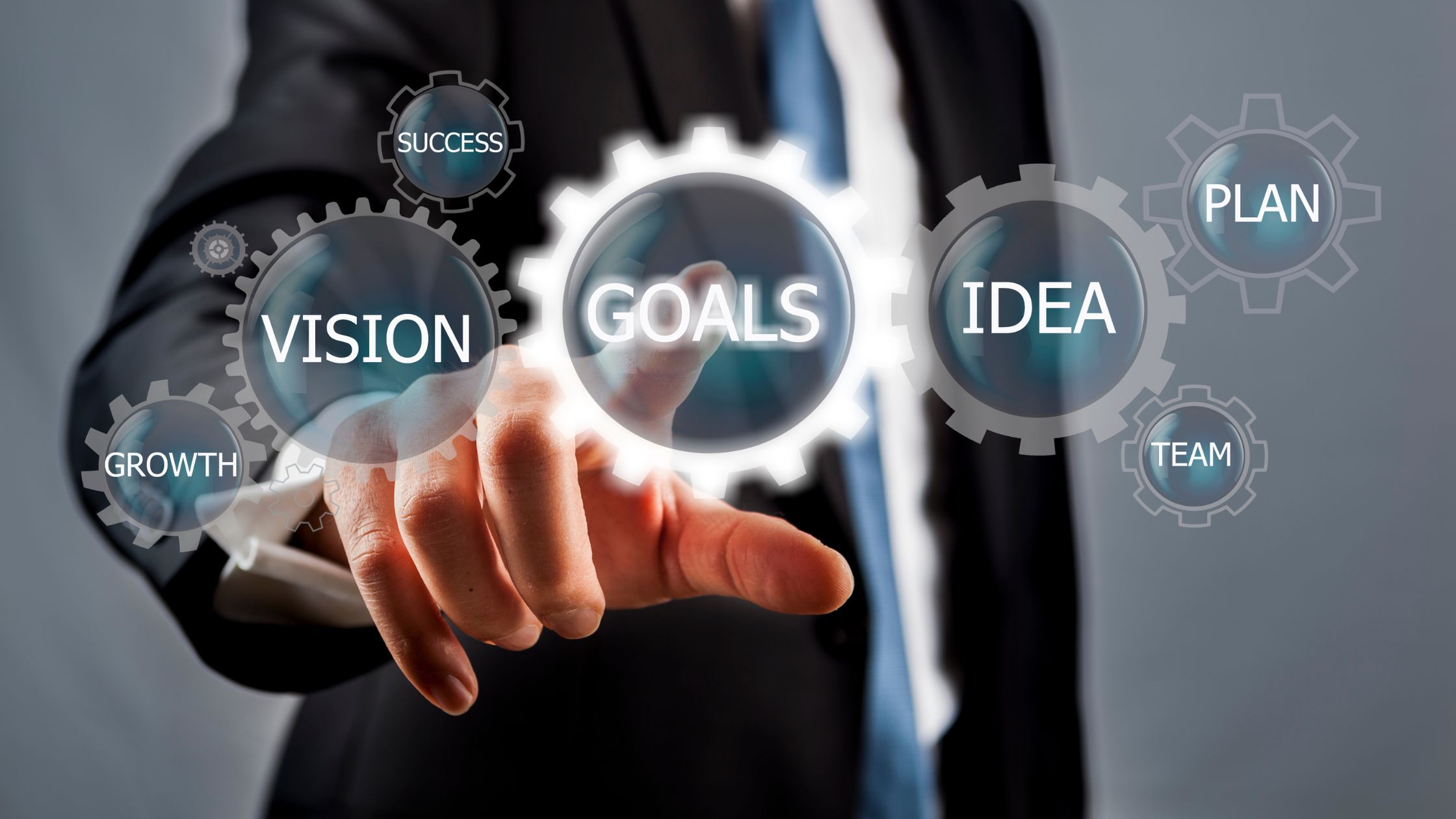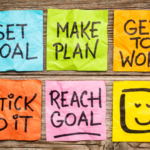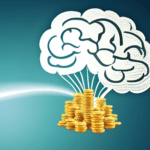
Why Your Phone Might be a Mindfulness Trap
The Mindfulness Trap: Struggling to stay present and productive in a hyperconnected world? Your phone might be to blame.
In today’s digital age, smartphones have become an integral part of our daily lives. These pocket-sized devices offer us instant access to information, communication, and entertainment. However, while our phones provide numerous benefits, they also possess a significant power to distract us from the present moment. The constant barrage of notifications, addictive apps, and endless scrolling can lure us into a state of perpetual distraction, hindering our ability to focus, be present, and engage with the world around us. In this article, we will delve into the distracting power of our phones and explore strategies to regain control over our attention.

Notifications: The Constant Interruption
One of the primary culprits behind phone-related distraction is the never-ending stream of notifications. From email alerts to social media updates, each notification triggers a desire for immediate attention. The allure of being constantly connected and informed pulls us away from the present moment, fragmenting our focus and disrupting our ability to engage with the tasks at hand. The habit of reflexively checking notifications reinforces a cycle of distraction, making it challenging to cultivate a mindful and focused mindset.
Addictive Apps: A Slippery Slope
Smartphone apps, especially social media platforms and gaming applications, are intentionally designed to be addictive. The algorithms employed by these apps are built to capture and hold our attention for as long as possible. They utilize features like infinite scrolling, push notifications, and personalized content to create a loop of engagement that can be difficult to escape. As we mindlessly scroll through our feeds or immerse ourselves in virtual worlds, we lose touch with the present moment, sacrificing meaningful experiences and genuine connections.
The Illusion Of Productivity: Multitasking Myth
With the advent of smartphones, multitasking has become a prevalent habit. We often pride ourselves on our ability to simultaneously respond to emails, text messages, and social media notifications. However, research indicates that true multitasking is a myth. Our brains are not designed to focus on multiple tasks at once, resulting in decreased efficiency, increased errors, and elevated stress levels. By constantly switching our attention between various tasks, we sacrifice depth of focus, hindering our ability to engage fully with the present moment.
Breaking the Mindfulness Trap
Explore strategies for practicing mindful phone usage and regaining control over our digital lives.
Cultivate Awareness:
The first step towards mindful phone usage is developing awareness of our phone habits. Take a moment to reflect on how often and why you reach for your phone. Are you using it as a distraction, to fill empty moments, or out of habit? By becoming conscious of our phone usage patterns, we can identify areas that need improvement and make intentional changes.
Set Intensions:
Before engaging with your phone, set clear intentions for its use. Ask yourself what you want to accomplish or gain from the interaction. By setting specific goals, such as responding to important messages or completing a specific task, you can avoid mindless scrolling and stay focused on the intended purpose.
Create Phone-free Zones:
Before engaging with your phone, set clear intentions for its use. Ask yourself what you want to accomplish or gain from the interaction. By setting specific goals, such as responding to important messages or completing a specific task, you can avoid mindless scrolling and stay focused on the intended purpose.
Disable Non-Essential Notifications:
Take control of your phone’s notification settings. Disable non-essential notifications that constantly grab your attention and cause unnecessary distractions. Prioritize notifications from essential contacts or apps, and adjust settings to receive them only when necessary. By reducing the frequency of interruptions, you can regain focus and avoid the constant pull of your phone.
Practice Digital Detoxes:
Periodically schedule digital detoxes or screen-free days to disconnect from your phone completely. Use this time to engage in activities that nourish your well-being, such as spending time in nature, pursuing hobbies, reading a book, or having face-to-face interactions with friends and family. Detox periods allow your mind to reset, recharge, and reconnect with the present moment.
Embrace Mindful Moments:
Instead of reaching for your phone during moments of boredom or downtime, embrace mindfulness. Engage in simple mindfulness practices, such as deep breathing exercises, observing your surroundings, or focusing on your senses. By redirecting your attention to the present moment, you can break the automatic response of reaching for your phone and cultivate a sense of calm and presence.
Establish A Bedtime Routine
Create a bedtime routine that promotes quality sleep and reduces phone usage before sleep. Avoid using your phone for at least an hour before bedtime to minimize the exposure to blue light, which can disrupt sleep patterns. Instead, engage in relaxing activities such as reading a book, practicing gentle stretching, or practicing a calming meditation.
Utitlize Digital Wellbeing Tools
Take advantage of the digital well-being features available on most smartphones. Use app timers or screen time limits to set boundaries and manage your phone usage effectively. These tools provide insights into your digital habits and can help you make informed decisions about how you spend your time on your device.
Key Takeaways:
Practicing mindful phone usage is essential for regaining control over our digital lives, reducing distractions, and promoting mental well-being. By cultivating awareness, setting intentions, creating phone-free zones, disabling non-essential notifications, and embracing mindful moments, we can break the habit of constant phone checking and create healthy boundaries with technology. Remember that your phone should serve as a useful tool rather than a source of constant distraction. By adopting mindful practices, you can harness the power of your smartphone while maintaining a balanced and mindful approach to its usage.
Next Steps to Consider
Experience the extraordinary with our groundbreaking neuroperformance programs. Over the course of just 12 weeks, witness a remarkable transformation that permeates every facet of your life: career, daily performance, health, wellness, cognitive function, habits, relationships, energy, and personal and spiritual growth. What sets us apart is our unwavering focus on the brain as the ultimate catalyst for change.
Unleash your full potential as we guide you through a journey of learning, self-discovery, and profound metamorphosis into your highest self. To witness the magic firsthand, explore our home-page brimming with captivating videos that promise to inspire and revolutionize your life. Take the first step today and embark on the path to unlocking your true potential. Explore our programs now.
Join our Alive Mindful Optimist Newsletter
Receive our Modern Day Stress Warrior Series & Mindfulness handouts as our gift to you.



